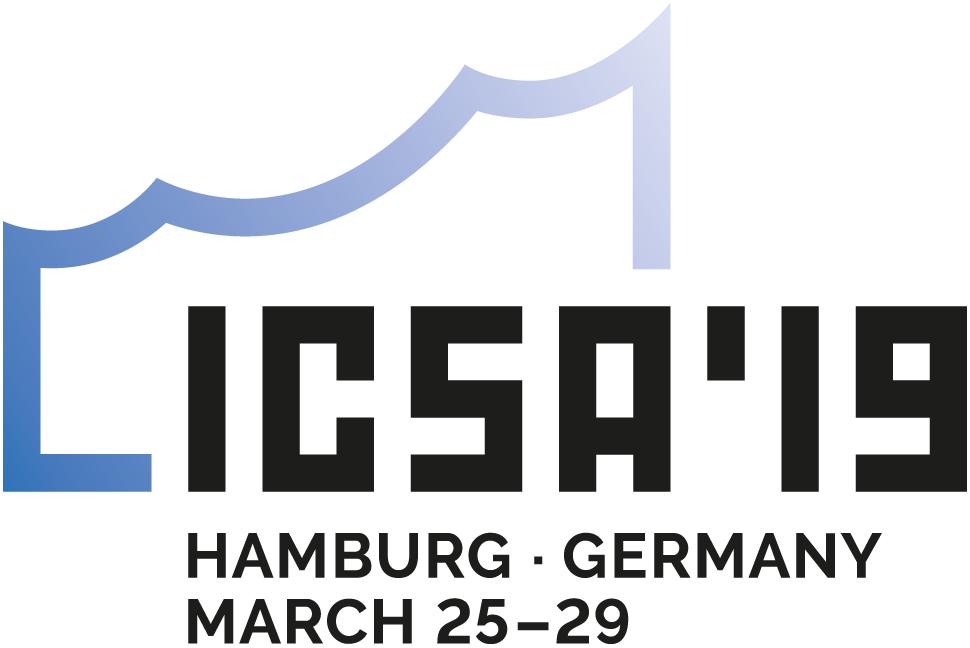Key note by Ian Gorton
Engineering at Hyperscale – Architectural Issues and Challenges
Abstract
It seems difficult to believe that Web sites such as Youtube.com (debuted in November 2005) and Facebook.com (public access in 2006) have been around for barely a decade. In 2015 Youtube had more than a billion users, who watched 4 billion videos per day and uploaded 300 hours of video per minute. In 2009, Facebook stored 15 billion photos, occupying 1.5 petabytes (PBs) and at that time growing at a rate of 30 million photos per day. In 2015, Facebook users uploaded 2 billion photos each day, requiring 40 PB of new disk capacity daily. Recently it was reported that Google’s code base contained 2 billion LoC. Traffic and storage magnitudes and code complexities such as these will only grow in the future., as in terms of rate of growth, Youtube and Facebook are by no means unique. With the imminent explosion of the Internet of Things – up to 50 billion new devices are forecast by 2020- the scale of the systems we build to capture, analyze and exploit this ballooning data will continue to grow exponentially. We refer to these systems as hyper scalable systems.
Experience building hyper scalable systems has clearly demonstrated that requirements for extreme scale challenge and break many dearly held tenets of software engineering. For example, hyper scale systems cannot be thoroughly system tested before deployment due to their scale and need to run 24×7. Hence new, innovative engineering approaches must be adopted to enable systems to rapidly scale at a pace that keeps up with business and functional requirements, and at acceptable, predictable costs.
This talk is about engineering systems at hyperscale. It briefly describes the characteristics of hyperscale systems, and some of the core principles that are necessary to ensure hyperscalability. These principles are illustrated by state of the art approaches and technologies that are used to in continuous development for hyperscalable systems.
Bio
 Ian Gorton joined Northeastern University in Seattle as the Director of the Computer Science Masters programs in 2015. Prior to this role, he worked at the Carnegie Mellon University Software Engineering Institute as a Senior Member of the Technical Staff. He worked on several projects focused on the principles of designing massively scalable software architectures for big data applications, and building knowledge bases both manually and using machine learning to support engineering tasks.
Ian Gorton joined Northeastern University in Seattle as the Director of the Computer Science Masters programs in 2015. Prior to this role, he worked at the Carnegie Mellon University Software Engineering Institute as a Senior Member of the Technical Staff. He worked on several projects focused on the principles of designing massively scalable software architectures for big data applications, and building knowledge bases both manually and using machine learning to support engineering tasks.
Before joining the SEI, Gorton was a Laboratory Fellow in Computational Sciences and Math at Pacific Northwest National Laboratory. He managed the Data Intensive Scientific Computing research group, and was the Chief Architect for PNNL’s Data Intensive Computing Initiative. He was also PI for multiple projects in environmental modeling, carbon capture and sequestration, and bioinformatics. This experience has led to a particular interest in the design of large scale, highly customizable cyber-infrastructures for scientific research.
Gorton has a PhD in Computer Science from Sheffield Hallam University and is a Senior Member of the IEEE Computer Society and a Fellow of the Australian Computer Society. Until July 2006, he led the software architecture R&D at National ICT Australia (NICTA) in Sydney, Australia, and previously worked at CSIRO, IBM, Microsoft and in academia in Australia. His passion is analyzing and designing complex, high performance distributed systems, and embodying design and architecture principles in methods and tools that can be exploited by architects in other projects


